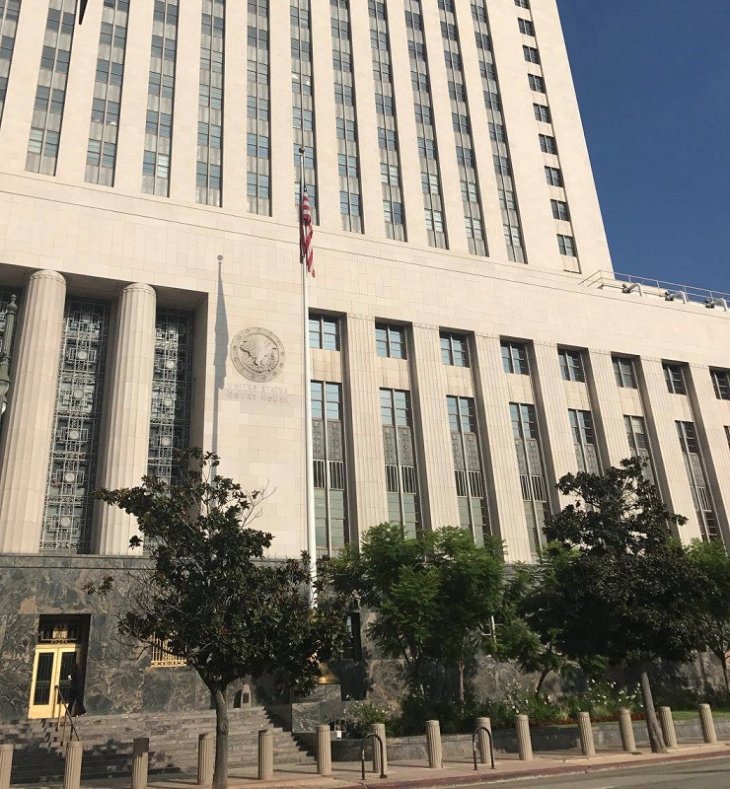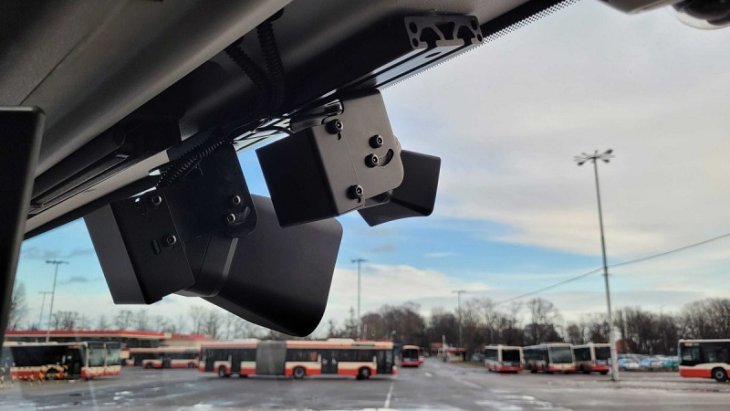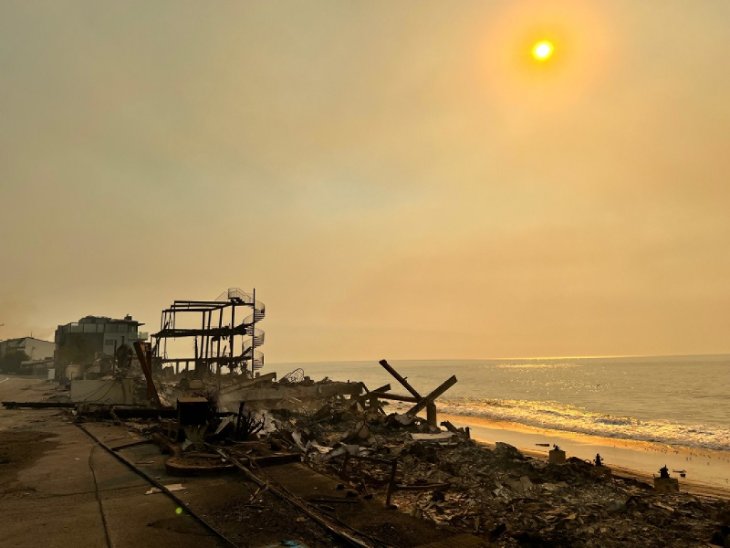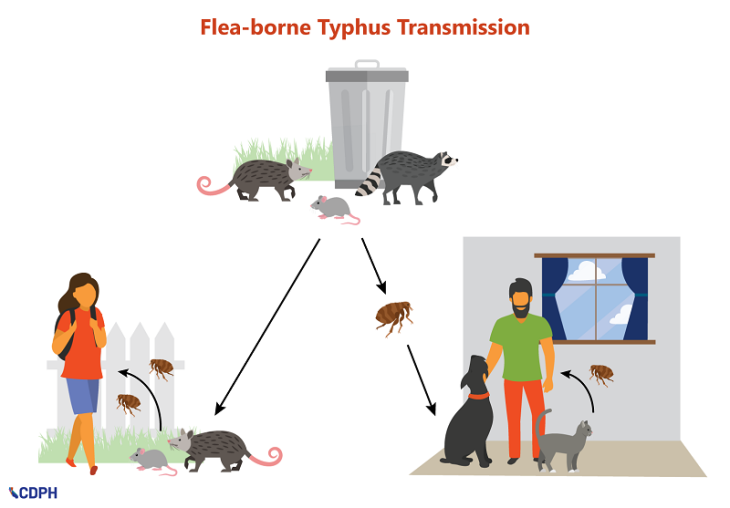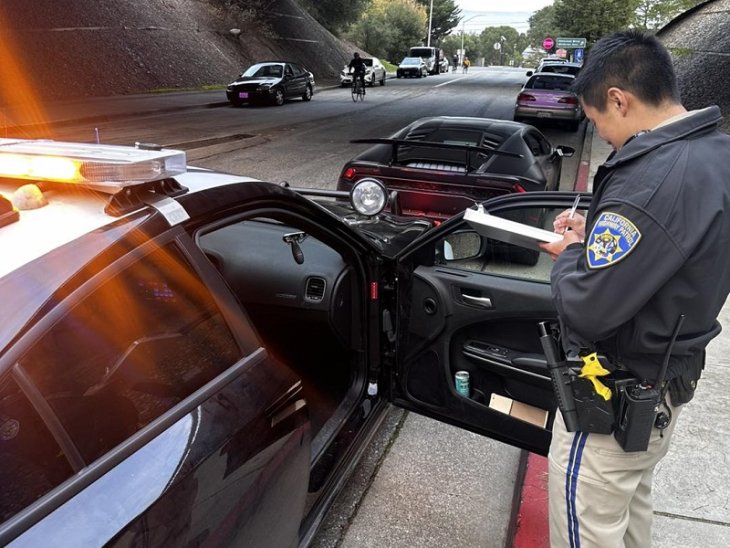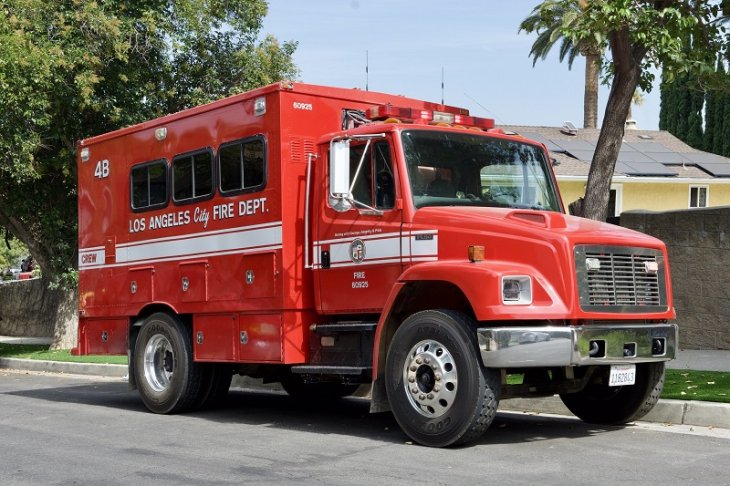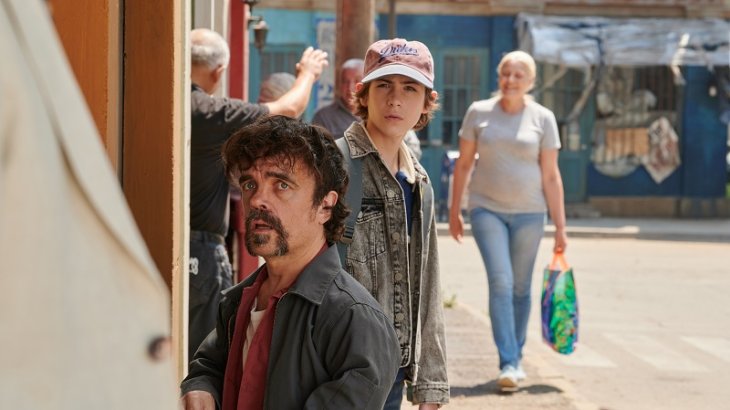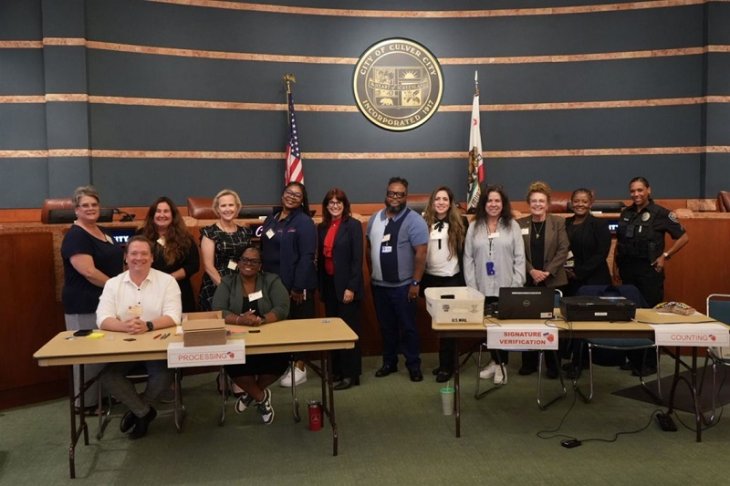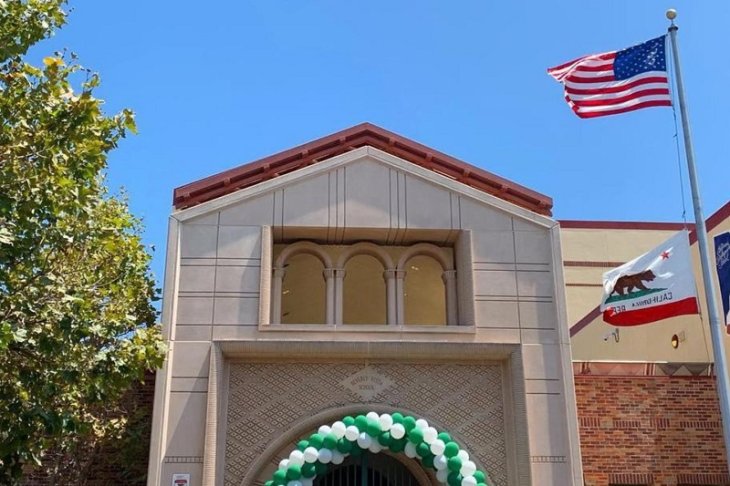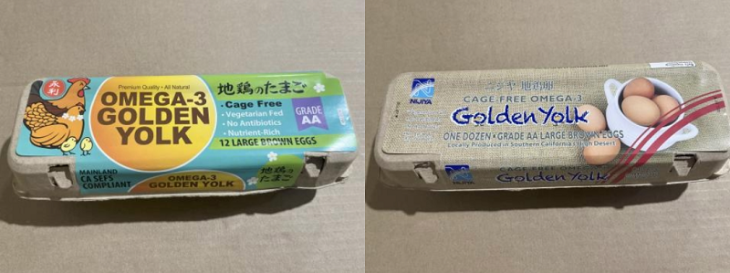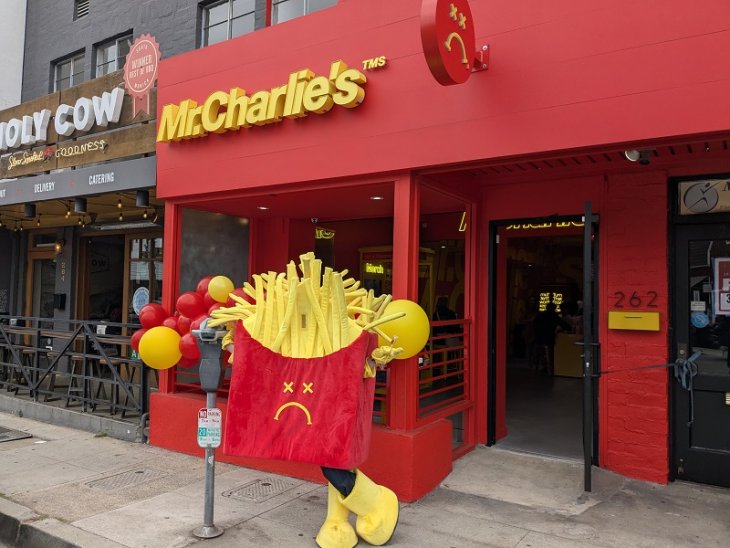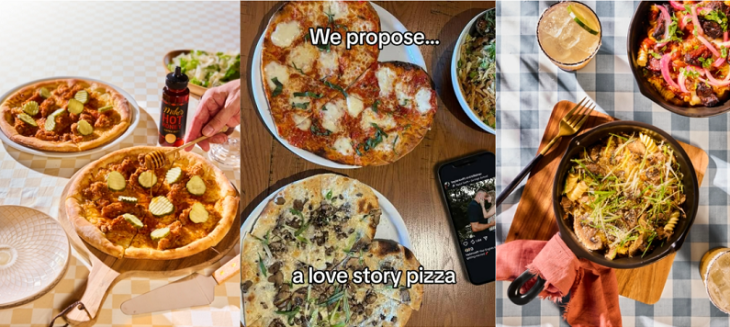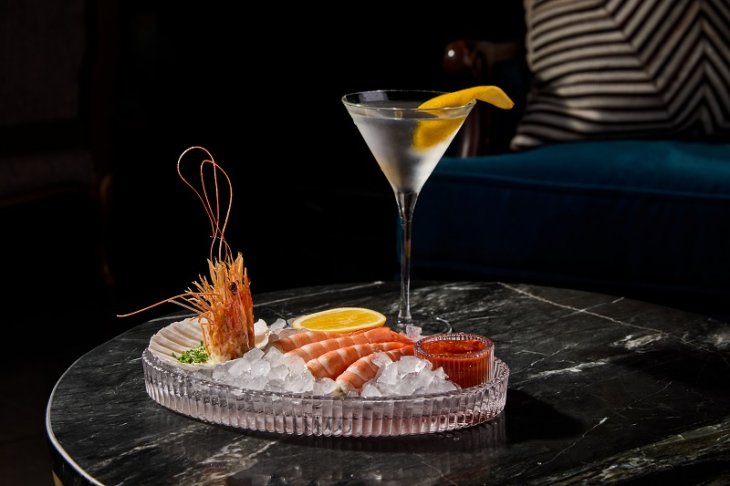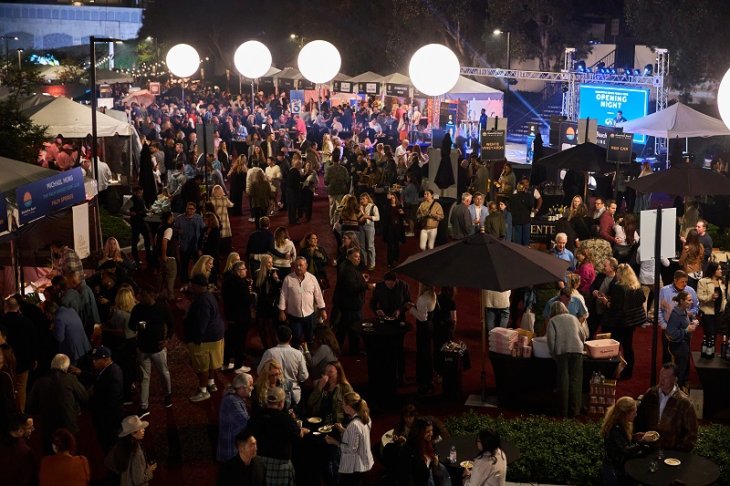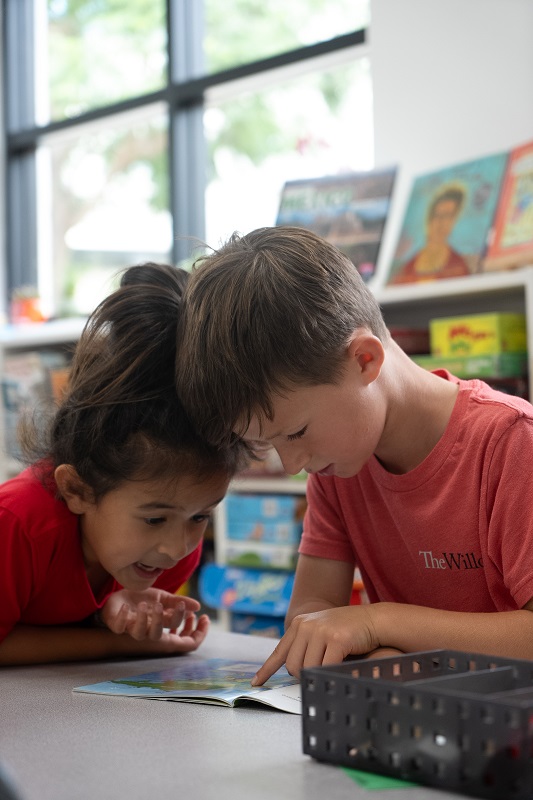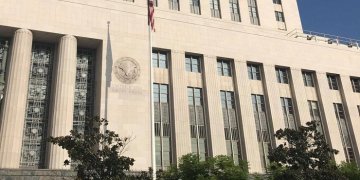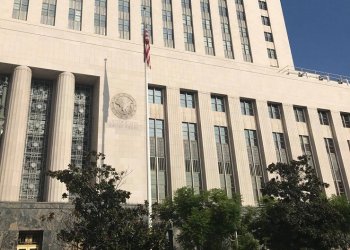September 17 from 9 am to 12 pm at more than 35 coastal, inland, L.A. River, and underwater sites
Submitted by Heal the Bay
Local environmental nonprofit Heal the Bay is calling on Los Angeles County volunteers to join the world’s largest cleanup event – Coastal Cleanup Day – to be held on Saturday, September 17 from 9 am to 12 pm at more than 35 coastal, inland, L.A. River, and underwater sites.
In addition to cleanups, participants are invited to enjoy a number of related activities including a special live performance by Sacred Places Institute for Indigenous Peoples from 11:30 am – 12 pm at the Santa Monica Pier, a late-night talk show-style run down of current environmental advocacy topics called Trash Talk LIVE, broadcasted live from 1:00 – 1:30 pm at the Heal the Bay Aquarium, and Education Day (Sept 14), an opportunity for L.A. County students to participate in the fun.
Recognized by the Guinness Book of World Records as the “largest garbage collection” event ever, Coastal Cleanup Day mobilizes thousands of Angelenos to pick up harmful and unsightly trash and debris while exploring the environment, enjoying the outdoors, and participating in community science.
At last year’s Coastal Cleanup, Heal the Bay organized 4,708 volunteers who removed more than 5,000 pounds of trash and 156 pounds of recyclables from locations all across L.A. County in a three-hour timespan. Throughout the State of California, nearly 66,000 volunteers removed 777,000 pounds of debris on this day of action. And worldwide, more than 1 million volunteers removed more than 23 million pounds of trash and debris at last year’s Coastal Cleanup.
Over the last 20 years, Heal the Bay volunteers have removed more than 4 million pieces of trash and debris from L.A. County beaches. The nonprofit urges local and statewide action to address this pollution crisis, striving to reduce waste at the source, before it impacts communities and gets to our beaches. While beach cleanups are helping to eradicate what’s on shore, there are still 8 million tons of plastic making their way into our oceans every year, harming people, communities, and ecosystems along the way. That’s equivalent to one garbage truck-full every single minute.
Volunteers can record their trash totals using the Clean Swell mobile application or manually through Heal the Bay’s data card. The data gathered during Coastal Cleanup Month is used to educate and inform policy-makers, product manufacturers, sanitation and waste managers, and communities about the top types of pollution found in the environment. While cigarette butts, plastic food wrappers, plastic beverage bottles, and plastic caps always top the list of most common items found by cleanup volunteers, PPE masks and gloves have made the list the past two years.
“This year’s cleanup is more than an opportunity to keep our waterways and communities clean, it’s an invitation to build solidarity with our waterways, and with each other” says Tracy Quinn, CEO of Heal the Bay, “Many coastal Indigenous Peoples and Native Nations, including the Tongva, Chumash, Fernandeño Tataviam Band of Mission Indians, and Kizh Nation tribes, as well as BIPOC residents, cherish histories and cultural understandings that celebrate the pure essence of water, and teach us how to live in harmony with it. This is a day to celebrate and give honor to a way of living in deep connection to water.”
For more information and to register for Coastal Cleanup Month in L.A. County, please visit healthebay.org/coastalcleanupday. The full program of events will be continually updated.
Heal the Bay would like to thank the organizers and sponsors who have helped make this year’s event possible, including Subaru, California Coastal Commission, City of Santa Monica, Kaiser Permanente, Laird Apparel, Ocean Conservancy, Pacific Premier Bank, Sacred Places Institute for Indigenous Peoples and Water for LA.
Sites Participating in Heal the Bay’s Coastal Cleanup Day 2022
All L.A. County cleanup sites can be found on this interactive site map.
- Coastal sites include Dockweiler Beach, Hermosa Beach, Long Beach, Malibu, Manhattan Beach, Marina del Rey, Pacific Palisades, Palos Verdes Peninsula, Playa del Rey, Redondo Beach, San Pedro, Santa Monica, Torrance, Topanga, and Venice
- Habitat restoration sites include Alta Vicente Reserve, Ballona Wetlands Ecological Reserve, and LAX Dunes
- River or creek sites include Arroyo Seco, Ballona Creek, and Lewis MacAdams Riverfront Park
- Underwater sites include Malibu Pier
- Inland sites include Avalon Gardens, Hoover Street Elementary School, and Inell Woods Park, where Heal the Bay is building a stormwater park

